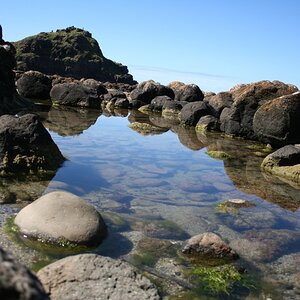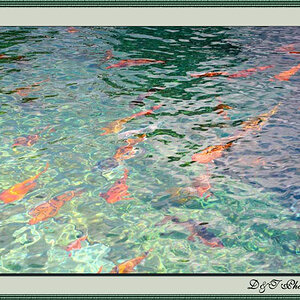Compaq
Been spending a lot of time on here!
- Joined
- Aug 29, 2010
- Messages
- 3,400
- Reaction score
- 657
- Location
- Norway
- Can others edit my Photos
- Photos OK to edit
I've been trying to find something good on the interwebz, but I'm having trouble. I came across this site
Chemical Engineering Resources - Cheresources.com - Indexut I thought there might be someone here able to answer questions. I'm a chemistry student (second year), and I find this interesting.....and that I owe it to my education to understand it
Thanks
Chemical Engineering Resources - Cheresources.com - Indexut I thought there might be someone here able to answer questions. I'm a chemistry student (second year), and I find this interesting.....and that I owe it to my education to understand it

Thanks









![[No title]](/data/xfmg/thumbnail/31/31752-fcbc5aa4a94154b9c273592aa37b8b1e.jpg?1619734991)
![[No title]](/data/xfmg/thumbnail/31/31751-fb2f68cca32f9eec468dbde7d649840f.jpg?1619734990)


